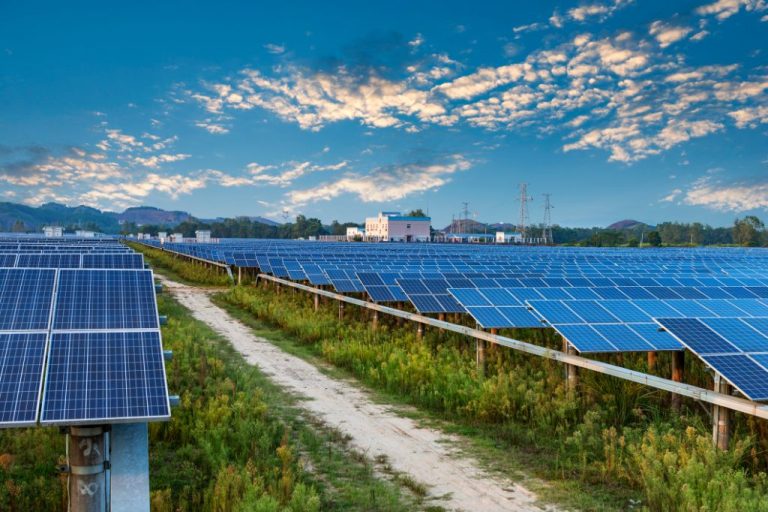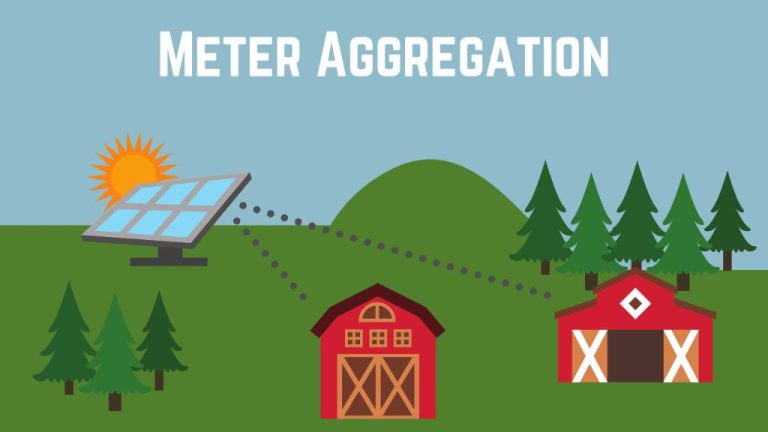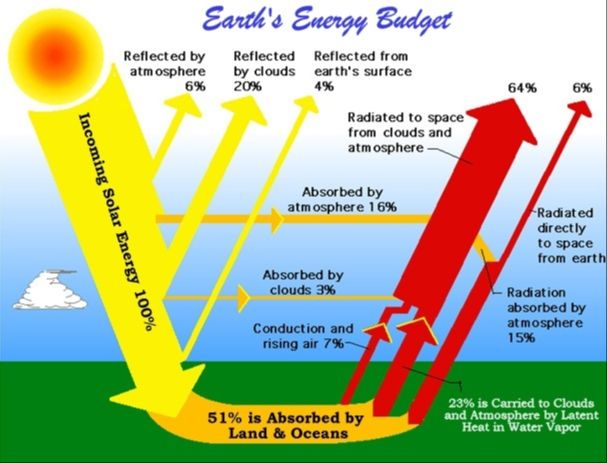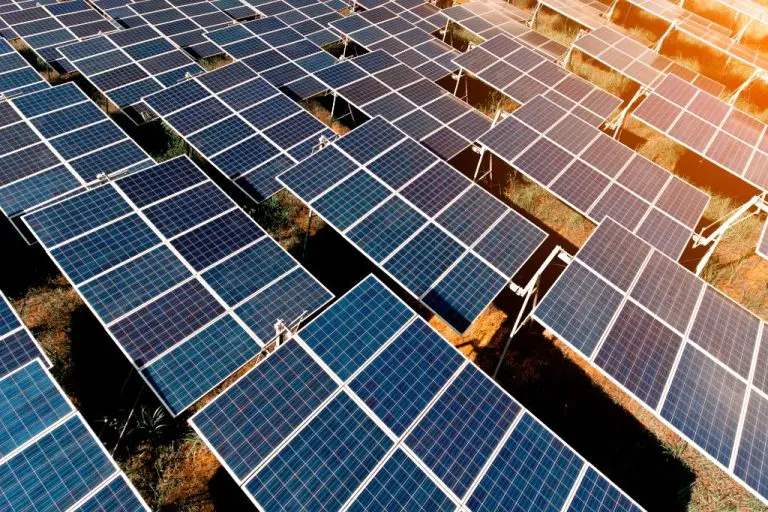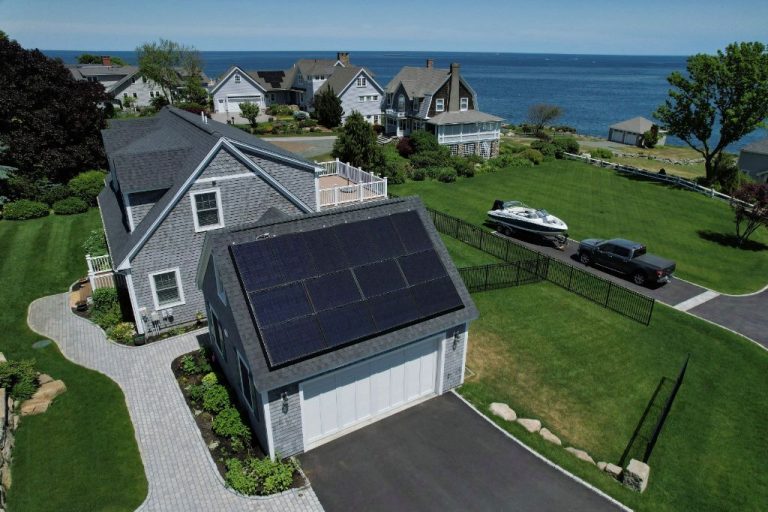What Can Solar Panels Do To Your House?
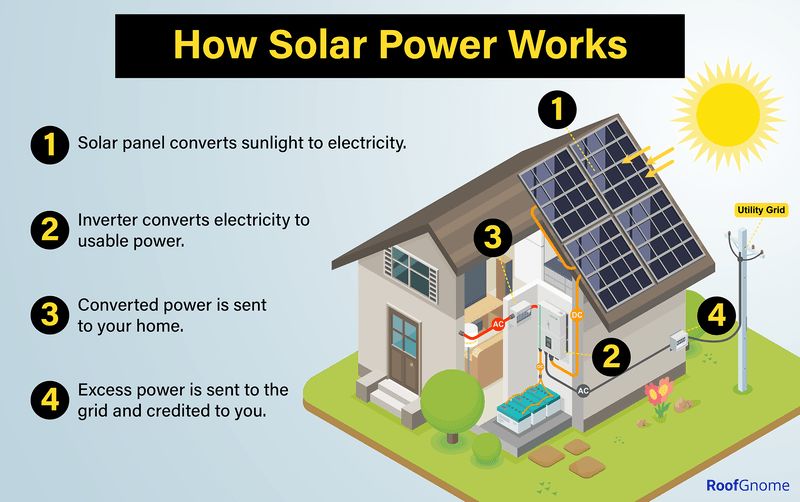
Solar panels, also known as photovoltaic (PV) panels, are devices that convert sunlight into electricity. They are made up of solar cells, which absorb photons from sunlight and generate an electric current. According to A Brief History of Solar Panels, the first solar panel was developed in 1854 by French scientist Edmond Becquerel. However, it wasn’t until the 1950s that solar panels became a viable source of energy. Bell Laboratories discovered that silicon was an efficient semiconductor for solar cells, paving the way for modern solar panels.
Today, solar panels are an important technology in the transition to renewable energy and the fight against climate change. Installing solar panels on your home can provide clean energy, reduce electricity bills, and lower your carbon footprint. This article provides an overview of how solar panels work, the benefits of installing them on homes, costs and considerations, and the process of choosing and installing a solar energy system.
How Solar Panels Work
Solar panels work by allowing photons, or particles of light, to knock electrons free from atoms, generating a flow of electricity. This process is called the photovoltaic effect. Solar cells inside the panels convert sunlight into direct current electricity.
Solar panels are composed of many solar cells, which are made up of layers of semiconductor material, usually silicon. When sunlight shines on the solar cells, the photons strike the semiconductor material, freeing electrons from the atoms. Special treatment of the semiconductor layers creates an electric field that forces these free electrons to flow in a certain direction, generating electricity (1).
The photovoltaic effect causes the electrons to flow from one layer to another, producing electric current. Wires and conductive plates on the solar cells collect the electrons, allowing them to be used externally as electricity. The electrical current generated can then be used to power electrical loads, fed into batteries for later use, or transferred to the electricity grid (1).
Solar panel systems often also include inverters to convert the DC output into alternating current (AC), which is the type of electricity used in homes. They may also incorporate batteries to store excess electricity. But at their core, photovoltaic solar panels generate clean renewable power simply from sunlight shining on their solar cells.
(1) https://www.livescience.com/41995-how-do-solar-panels-work.html
Types of Solar Panels
Solar panels can be broadly categorized into two main types: crystalline silicon and thin film. Crystalline silicon panels are the most common solar panel type (as of 2023 [1]) and come in monocrystalline or polycrystalline varieties.
Monocrystalline panels are made from a single, continuous crystal of silicon which makes them highly efficient but more expensive. Typical efficiency ranges from 15-22%. Polycrystalline panels are made from several silicon crystal fragments melted together which results in slightly lower efficiency of 13-17% but a lower price point ([2]).
Thin film solar panels are made by depositing layers of photovoltaic material onto substrates like glass or plastic. They are less efficient than crystalline silicon but have advantages like flexibility and better performance in low light or high temperature conditions. The three main thin film technologies are cadmium telluride (CdTe), copper indium gallium selenide (CIGS), and amorphous silicon (a-Si) with typical efficiencies of 7-13% ([3]).
When deciding on a solar panel type, considerations include efficiency, temperature performance, shading tolerance, and cost. The right choice depends on your climate, roof space, budget, and goals for your system. Consulting an installer can help determine the optimal panel technology for your needs.
Benefits of Solar Panels
Solar panels provide several benefits that make them an attractive energy option for many homeowners. The most notable benefits include reduced electricity bills, earning money from excess energy, and reducing your carbon footprint.
By installing solar panels, you can greatly reduce your electricity bills. Solar panels generate free electricity from sunlight, reducing the amount of power you need to pull from the grid. Many homeowners with solar have minimal to zero electricity bills each month.
Additionally, if your solar panels produce more electricity than you use, the excess power gets fed back into the grid. This enables you to earn money by selling the extra electricity to your utility provider. Net metering policies make it easy to earn bill credits.
Solar energy is also cleaner for the environment than fossil fuels. According to research from GreenMatch, solar panels can reduce your home’s carbon footprint by up to 30 tons per year. Going solar helps cut greenhouse gas emissions and fight climate change.
Costs of Solar Panel Installation
The costs of installing solar panels on your home can vary greatly depending on system size, type of panels, installation complexity, and location. However, the average cost to install a residential solar system in the U.S. ranges from $15,000-$25,000 according to Bankrate.
The main components that influence solar installation costs include:
- Solar panels – $10,000-$15,000
- Inverters – $1,000-$2,500
- Racking and mounting equipment – $1,000-$2,000
- Permits, inspection fees, etc – $500-$1,000
- Labor – $5,000-$10,000
Ongoing costs after installation include system maintenance and repairs, which typically add up to around $100-$250 per year. The return on investment timeline for solar panels is roughly 6-12 years on average when accounting for electricity bill savings.
There are many variables that affect solar panel system costs, but overall they are becoming more affordable and can provide households with decades of free renewable energy after recouping the initial installation investment.
Factors Affecting Performance
How well a solar PV system performs depends on several factors. The key ones are:
Panel Orientation
For optimal sunlight exposure, solar panels should face true south in the northern hemisphere or true north in the southern hemisphere. Panels facing 30 degrees east or west of true south/north will still capture a high amount of sunlight. The tilt angle of the panels also affects exposure. The optimal tilt angle equals your latitude. Overall, orienting panels to maximize direct exposure to sunlight throughout the year will provide the highest energy generation.
Shading
Any shading, even partial shading from trees or buildings, can greatly reduce the solar energy a panel receives. According to one study, just 25% shading can decrease panel output by as much as 75% (https://nakedsolar.co.uk/solar-pv/solar-panel-comparison/). To maximize production, it’s critical to install panels in an area with no shading obstructions during peak sunlight hours.
Weather and Climate
The weather and climate of your geographic location impacts solar panel output. Areas with consistently high direct sunlight throughout the year will maximize solar PV efficiency. Cooler temperatures can improve PV performance, while extreme heat can reduce it. Other weather events like heavy clouds, rain, and snow also lower the solar radiation panels receive and decrease energy production.
Choosing the Right System
When choosing a solar panel system for your home, it’s important to take the time to properly assess your home’s energy use and size the system accordingly. The first step is to review your electricity bills, looking at your average monthly and annual kilowatt-hour usage. Knowing your energy consumption needs will help determine what size solar panel system you require.[1]
In addition to solar panels, you’ll need to select the right inverter size. Solar inverters convert the DC electricity from the solar panels into usable AC electricity for your home. Your inverter capacity should be slightly larger than your total solar panel capacity to allow for efficiency losses. A reputable solar installer can help determine the properly sized inverter and solar array based on your energy usage.
As a rule of thumb, most homes require between 5 to 10 kW solar panel systems. Very energy efficient homes may need smaller 3-5 kW systems. Larger homes with more occupants and higher energy demands may need 10-15 kW systems. Your installer will take shading, roof direction, local weather and utility rates into account when sizing your system.[2]
Choosing the optimal solar panel system for your home’s needs will maximize solar production and savings on your energy bills. Take the time to understand your energy use and work with an experienced installer to select the right solar panel and inverter components.
Installation Process
The installation process for solar panels on a home typically involves several key steps:
Permitting – Most local jurisdictions require a permit to install solar panels. This involves submitting plans and specifications to the local building department for review and approval. Permits help ensure the system meets all safety and code requirements (Source).
Inspection – Once the system is installed, the local building inspector will visit to ensure it was done properly and according to the approved plans. They will check wiring, mounting, clearances and other safety factors (Source).
Certification – For interconnected systems that feed excess power back to the grid, certification from the utility is required. This involves submitting paperwork and test results to get approval to operate the system in parallel with the grid.
Maintenance – Proper maintenance is key to ensuring solar panels keep performing optimally. This includes cleaning panels, checking connections, monitoring production, and getting inverter checkups. Ongoing maintenance helps maximize system lifetime (Source).
Incentives and Rebates
There are various federal, state, and local incentives and rebates available for homeowners who install solar panels. The most notable incentive is the federal solar Investment Tax Credit (ITC), which allows homeowners to deduct 26% of the cost of installing a solar energy system from their federal taxes through 2032 (Bankrate). This credit applies to both residential and commercial systems. Many states also offer additional tax credits, rebates, or other solar incentives such as net metering and renewable energy credits. For example, New York’s NY-Sun Initiative provides incentives and cash rebates up to $6,807 for residential solar panel installations (Bankrate). Your local utility company likely also offers some rebates or incentives as well. Be sure to research all available federal, state, and local solar incentives when considering installing a solar PV system, as the upfront costs can be high but incentives can offset a significant portion.
Conclusion
Installing solar panels on your home can provide many benefits, including lower electricity bills, increased home value, and reducing your carbon footprint. While solar panels do require an upfront investment, the long-term savings and environmental benefits often make them a smart choice for homeowners. Many incentives and rebates are available to help reduce the cost of installation.
The installation process is relatively straightforward when working with a reputable solar company. They will assess your home’s site conditions, choose an appropriate solar panel system, obtain the necessary permits, and handle the installation. Within a few weeks, your solar panels can be up and running.
If you’re considering solar panels for your home, be sure to research the companies operating in your region. Get multiple quotes and ask about the total costs, expected performance, and any maintenance that may be required. With diligent planning and research, solar panels can be a savvy addition that provides clean energy and financial savings for many years to come.
To learn more about solar panels and whether they’re right for your home, contact a solar provider today to schedule a site assessment.

